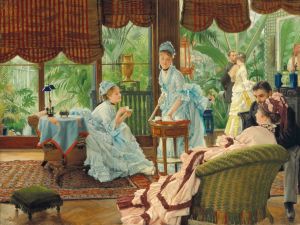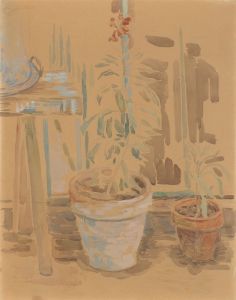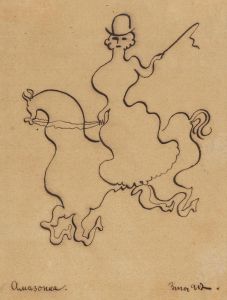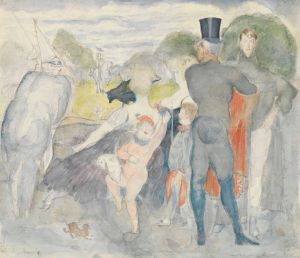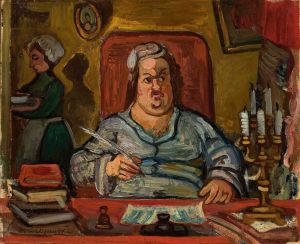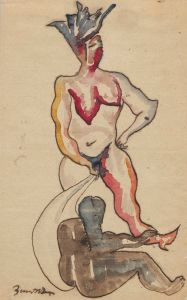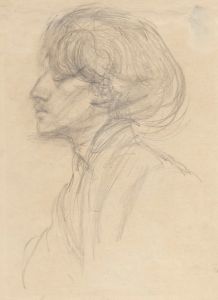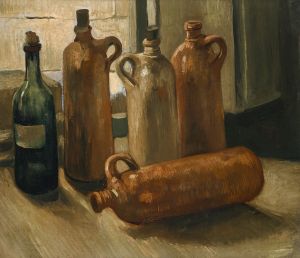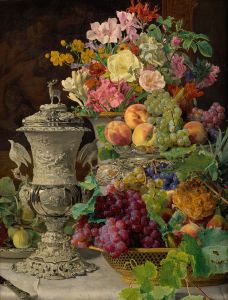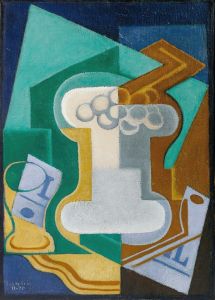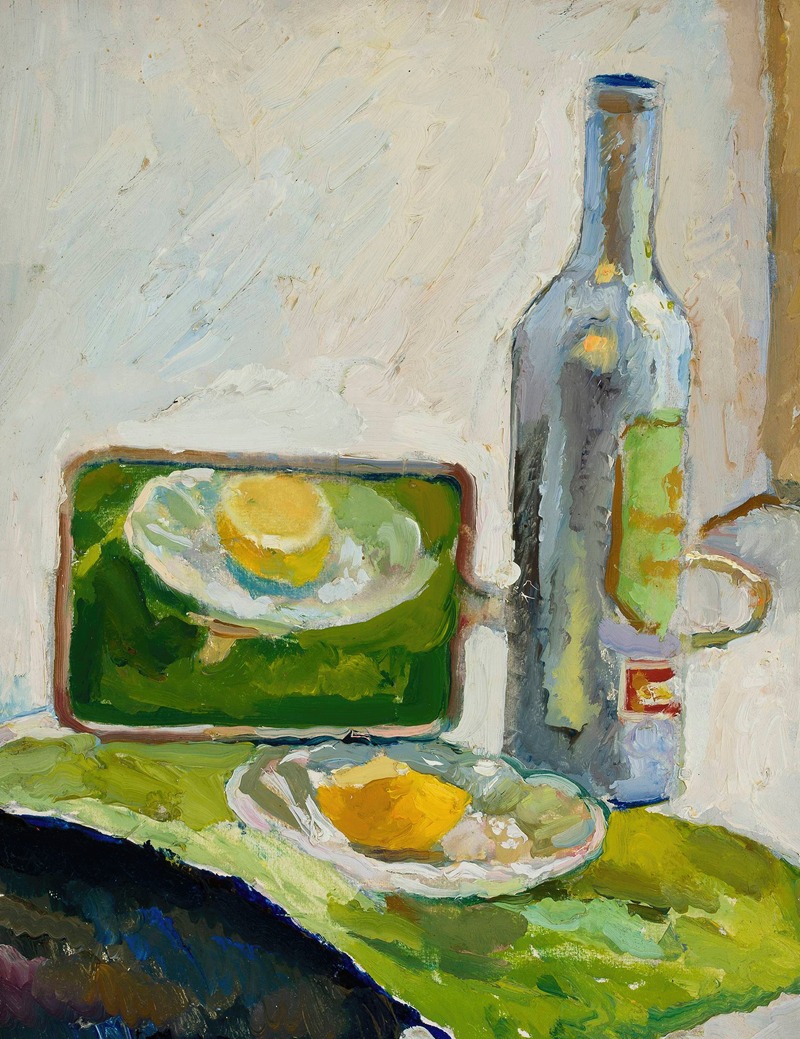
Still life with a bottle
A hand-painted replica of Zygmunt Waliszewski’s masterpiece Still life with a bottle, meticulously crafted by professional artists to capture the true essence of the original. Each piece is created with museum-quality canvas and rare mineral pigments, carefully painted by experienced artists with delicate brushstrokes and rich, layered colors to perfectly recreate the texture of the original artwork. Unlike machine-printed reproductions, this hand-painted version brings the painting to life, infused with the artist’s emotions and skill in every stroke. Whether for personal collection or home decoration, it instantly elevates the artistic atmosphere of any space.
Zygmunt Waliszewski was a Polish painter known for his contributions to the post-impressionist and colorist movements in Poland. Born in 1897 in Saint Petersburg, Russia, Waliszewski moved to Poland where he became an influential figure in the Polish art scene during the interwar period. His works often reflect a vibrant use of color and a dynamic composition, characteristics that are evident in his still life paintings.
"Still Life with a Bottle" is one of Waliszewski's notable works, showcasing his distinctive style and artistic approach. Although specific details about this particular painting are limited, it can be contextualized within Waliszewski's broader body of work and the artistic trends of his time. Waliszewski was known for his ability to blend traditional still life elements with a modernist sensibility, often incorporating bold colors and expressive brushwork.
In "Still Life with a Bottle," Waliszewski likely employed a composition that includes everyday objects arranged in a way that emphasizes their form and color. The use of a bottle as a central element in the painting is a common motif in still life art, allowing the artist to explore reflections, transparency, and the interplay of light and shadow. Waliszewski's approach to still life was influenced by his exposure to various European art movements, including Impressionism and Fauvism, which emphasized vibrant color palettes and a departure from realistic representation.
Waliszewski's work is characterized by a sense of movement and energy, even within the static genre of still life. His paintings often convey a sense of rhythm and harmony, achieved through the careful arrangement of objects and the dynamic use of color. This approach reflects the broader trends in Polish art during the early 20th century, as artists sought to break away from academic traditions and embrace more experimental techniques.
Throughout his career, Waliszewski was associated with several important art groups and exhibitions in Poland. He was a member of the "Rytm" group, which played a significant role in promoting modern art in Poland. His participation in exhibitions and collaborations with other artists helped to establish his reputation as a leading figure in Polish modernism.
Waliszewski's contribution to art extends beyond his paintings; he was also involved in set design and illustration, showcasing his versatility as an artist. His work continues to be celebrated for its innovative use of color and form, and his paintings are held in various collections, both in Poland and internationally.
"Still Life with a Bottle," like many of Waliszewski's works, reflects the artist's ability to infuse traditional subjects with a modernist flair. While specific details about this painting may not be extensively documented, it remains an important part of Waliszewski's oeuvre and a testament to his skill as a painter. His legacy continues to influence contemporary artists and contributes to the rich tapestry of Polish art history.





